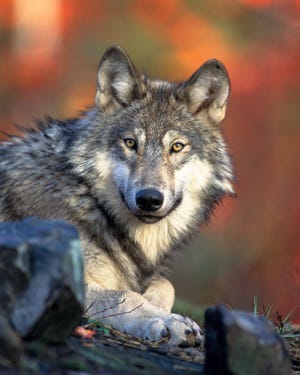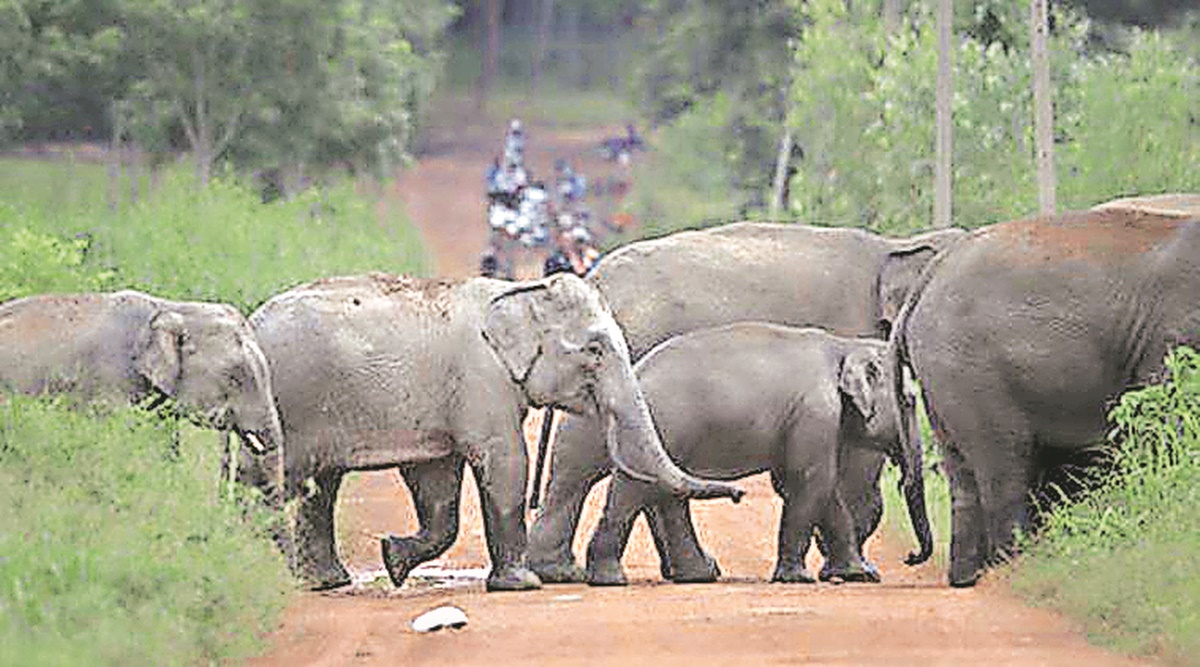 |
| An elephant herd |
The Ministry of Environment, Forests and Climate Change (MoEFCC) recently announced that it will launch an elephant census next year. However, this upcoming elephant count will be along the lines of tiger population evaluation and estimation. That is, it will involve identifying each elephant, their herds as well as health and nutrition of each individual. In order to mark World Elephant Day, Environment, Forest, and Climate Change Minister Bhupender Yadav issued the population estimation obligation to be ratified for the project. Ministry officials stated that this will be the first time elephants, tigers, and leopards will be counted together. While speaking on the occasion at an event at Indira Paryavaran Bhawan in New Delhi, the minister emphasized on the engagement of local communities and indigenous people in elephant conservation and stated that a bottom-up approach is the way forward. This would also help in mitigating human-elephant conflict. According to ministry officials, the process for next year's assessment will involve "rigorous statistical analyses of ground data on animal signs, human impacts, habitat attributes and absolute density." The assessment will be carried out in three stages and consist of ground surveys, analyses of remotely sensed data, and camera traps. There will also be an assessment of human footprint indices, landscape characteristics, and habitat quality. Individual elephants will be determined using a group of microsatellite markers from dung DNA. As part of the third stage, biologists and forest department personnel will examine elephant groups for demographic criteria and body condition. The animals will be aged based on size and body characteristics such as ears and tusks. They will be recorded for nutritional status based on body condition.
 |
| India's new elephant count will be similar to the country's tiger census. |
I think it is very interesting that India's upcoming elephant census will be conducted the same way as the tiger census. I also think that this could be an improvement in the country's elephant conservation. Unlike tigers, elephants were not counted with the use of camera traps and individually identified through body size and various physical characteristics until now. Elephants may not have clearly defined body markings like tigers and leopards. However, they can be distinguished from each other individually by combinations of physical characteristics such as the position and size of their tusks, missing tusks (called "makhnas" in males), unique marks (i.e. notches) on their ears, scars on their bodies, tails, etc. It just goes to show that wild animals, regardless of what species, can be individually distinguished from one another. I hope this new elephant census will help in the conservation of India's elephants and indicate the overall health of the country's elephant population.


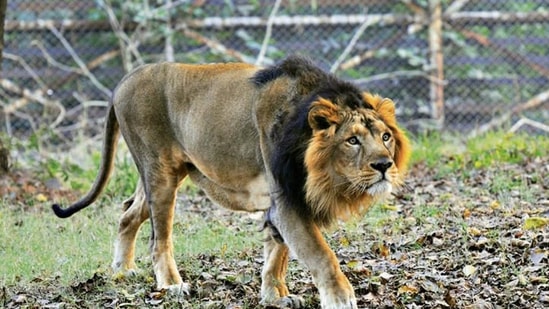




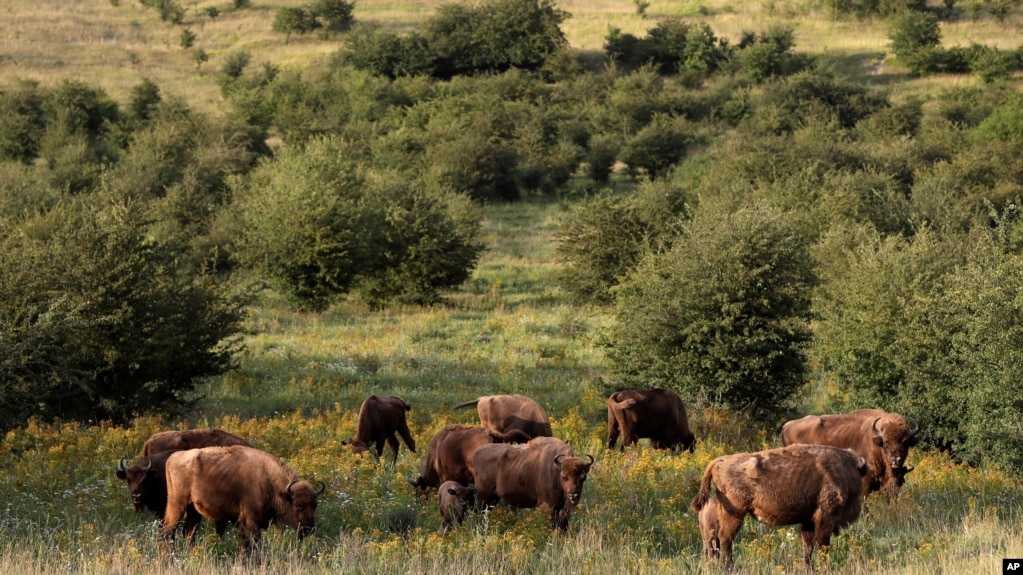


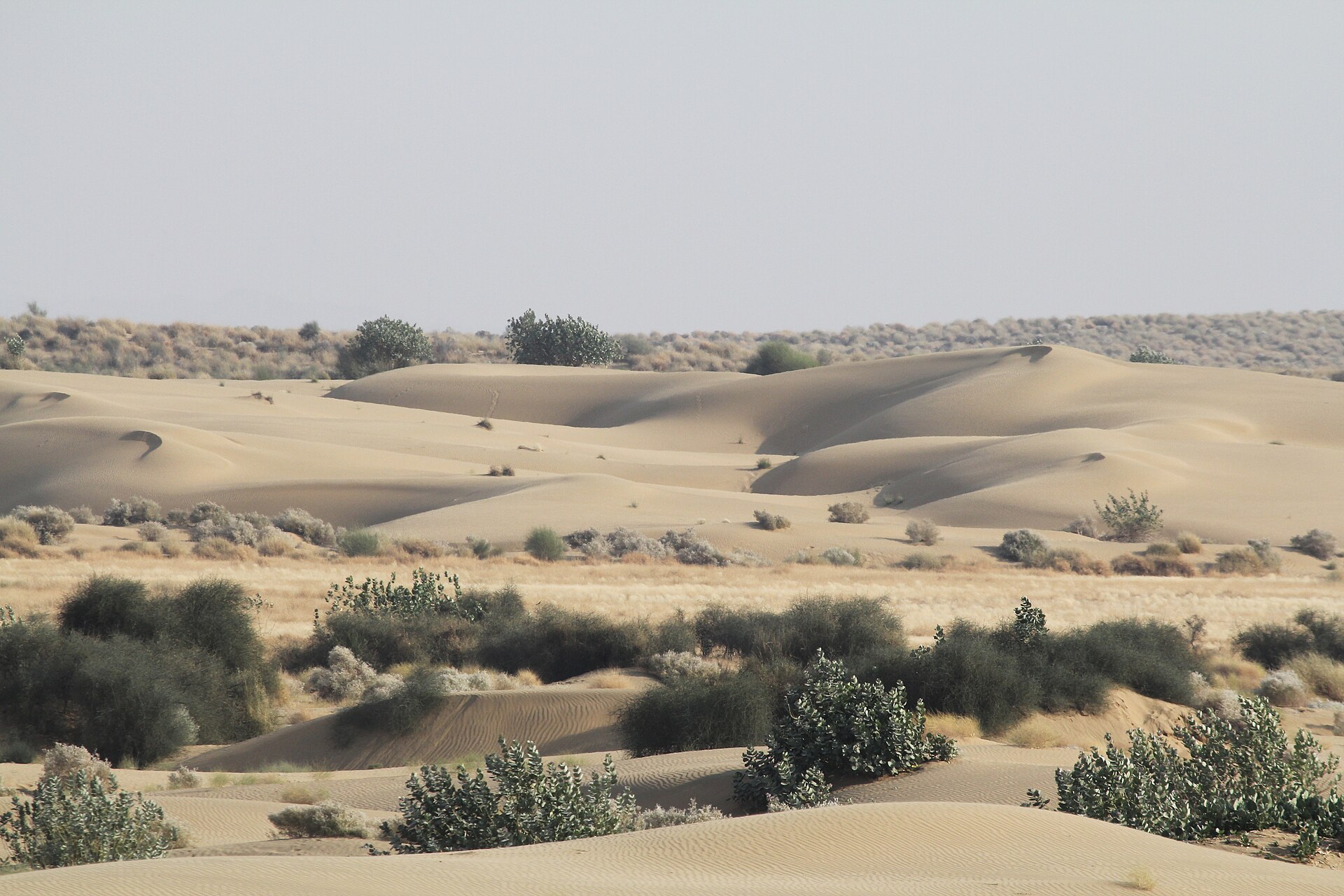


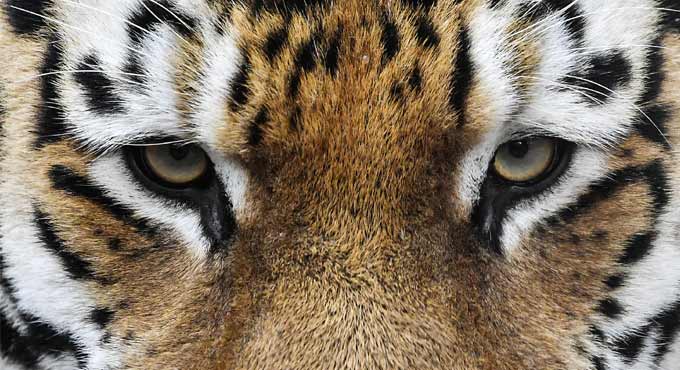

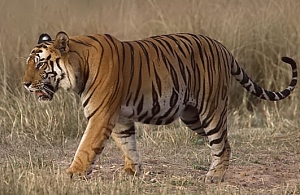
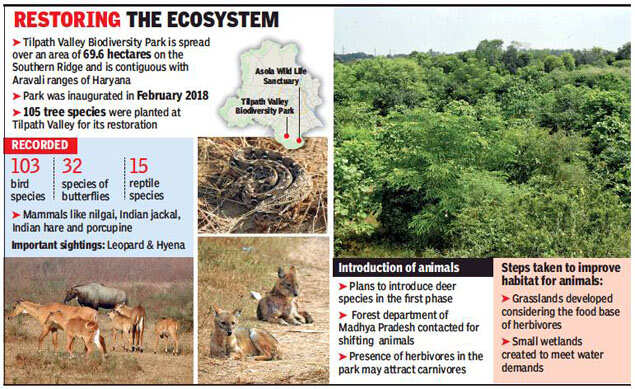

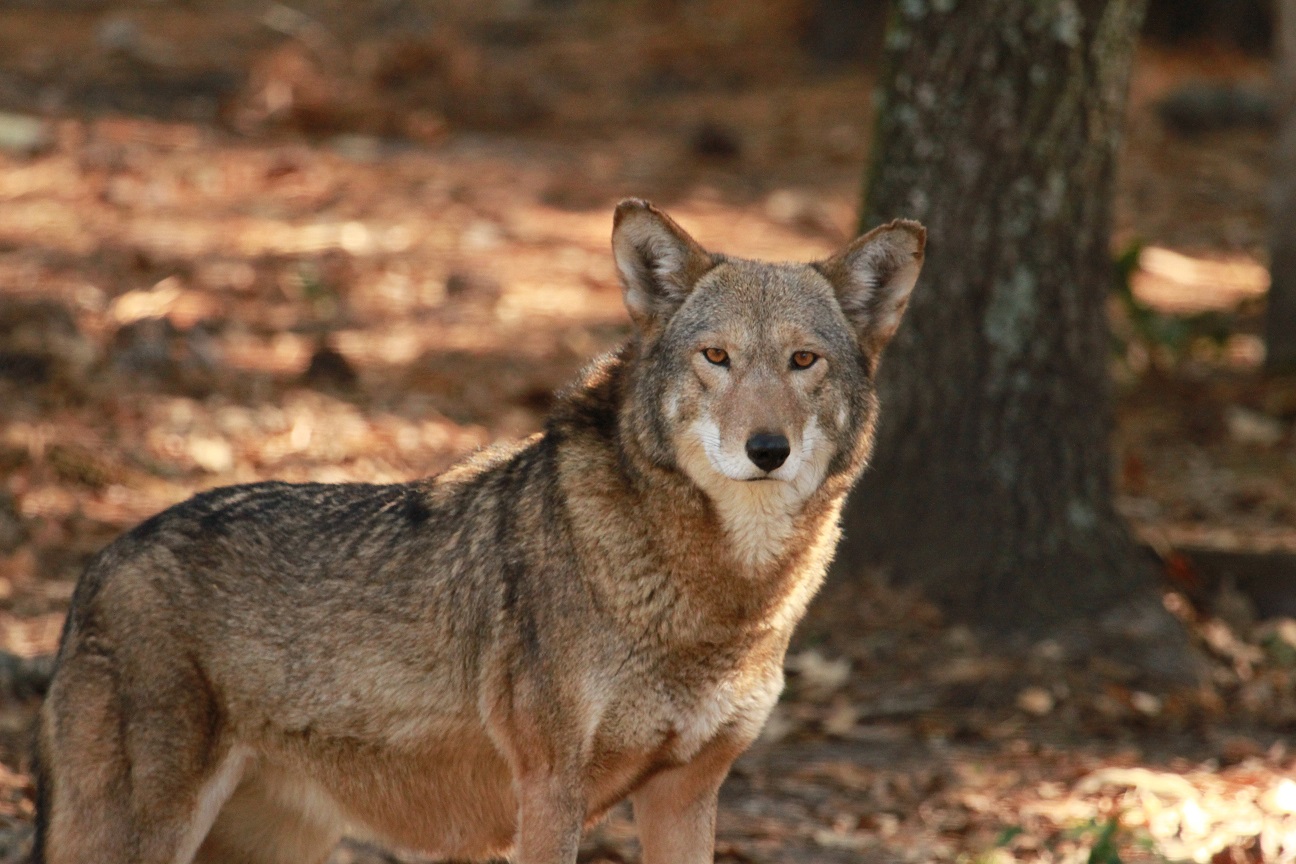

.jpg)



